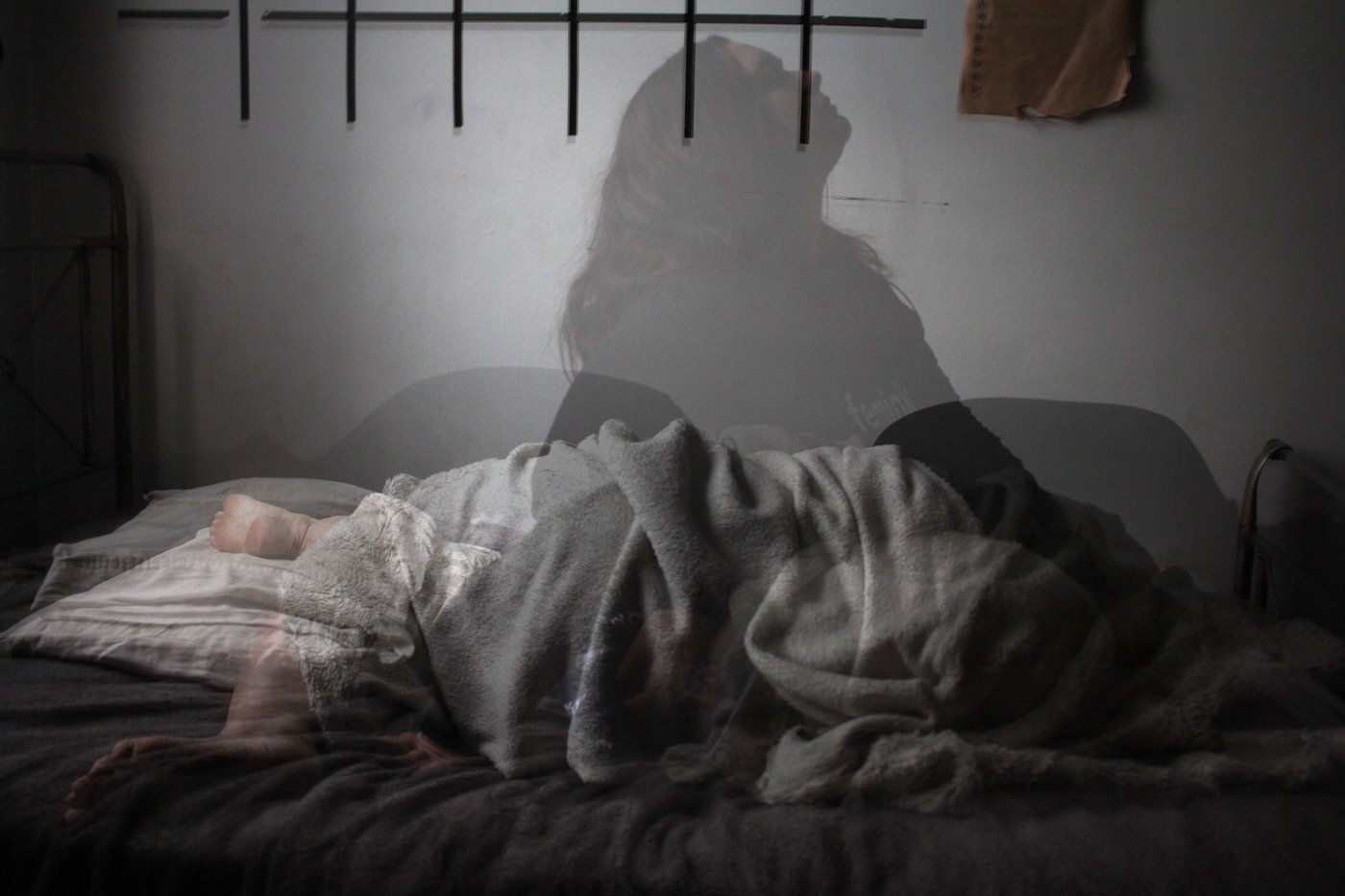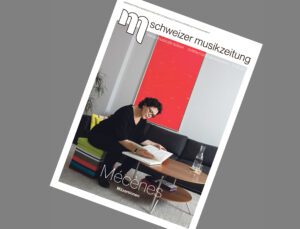Behind bars: music as an escape?
Intensive musical practice offers the opportunity to provide lasting support for a person's process of reconstruction and development. By forging bold work habits, previously unexplored reflections will open the door to new horizons.

Bibliography related to the article :
"Behind bars: music as an escape?"
Boethius (1991). Consolation of Philosophy. Paris: Payot & Rivages.
Cerclé, A. & Somat, A. (2005). Social Psychology. Domont : Dupli-Print
Ellenberger H.F (1994). History of the discovery of the unconscious. Paris: Librairie Arthème Fayard
Guenancia, P. (1995). The identity. Kambouchner (Eds.), Notions of philosophy (Collection II, pp.563-634). Mesnil-sur-l'Estrée: Société nouvelle Firmin Didot.
Harbert, B. J & Gaines, C. (2019). Souding Lockdown, Singing in Administrative Segregation at the Louisiana Correctional Institute for Women. Fast, S. & Jennex (Eds.), Popular Music and the Politics of Hope. New York: Routeledge.
Kuhn, A. (2013). Are we all criminals? Charmey: Édition de l'Hèbe
Pépin, C. (2018). The virtues of failure. Paris : Allary Éditions
Foucault, M. (1975). Monitoring and punishment. Paris: Galimard
Beney, F. (2021, 10 12). Island prison, an island without a soul. Le Nouvelliste, pp. 16.
Parvex, M. (2021,10 12). Behind the walls, the loneliness that drives you crazy. Nouvelliste, pp. 4-6.
Tappolet, B. (2021, 12 11). Shifting images of incarceration. Le Temps, pp. 21.
Machuel, T. (2008). Words against oblivion [score & text]. Unknown: Edition Musicales du Tremble.
Cohen, M.L. et al. (2018). Music-Making Behind Bars: The Many Dimensions of Communitiy Music in Prisons. The Oxford Handbook of Communitiy Music, 2.
Daveson, B. A et al (2001). A descriptive study exploring the role of music therapy in prisons. The Arts in Psychotherapy, 2, 137-141.
Dickie Johnson, A. et al. (2020). A Qualitatve Study of the Rehabilitative Potential of Music in Prisons and Immigration Removal Centers. Routeledge, 2.
Doxat-Pratt, S. (2021). Musical communities in the society of captives: Exploring the impact of music making on the world of prison. Musicae Scientiae, 3, 290-302.
Guétin, S. (2010). Music therapy in prisons. Revue Française de MusicothérapieXXVIII/1.
Harbert, B. J., (2013). Only Time: Musical Means to the personal, the private, and the polis at the Louisana Correctional Institute for Women. American Music, 2, 31-2.
Laster, A. (1975). Music and people in the 1830s. Revue de la socitété des revues romantiques, 9, 77-83.
Maddox, A. (2021). On the Machinery of Moral Improvement: Music and Prison Reform in the Penal Colony on Norfolk Island. Musicology Australia, 34-2.
Mangoang, A. (2021). A reward rather than a right: Facilitators' perspectives on the place of muscic in Norwegian prison exceptionalism. Musicae Scientiae, 274-289
Molon, L. (2012). Choral singing as a tool for prison rehabilitation. L'Atrium, electronic magazine of the CNSMD de Lyon.
Saurier, D. et al. (2021). Art and culture in prison: the possibility of a meeting? Champ pénal/Penal field, Vol. XI.
Tustatad, L. et al. (2013). Music therapy inside and outside prison - A freedom practice? Nordic Journal of Music Therapy. 22-3. 210-232.
Ucciani, L. (2019). The music of time. Time. 22.








